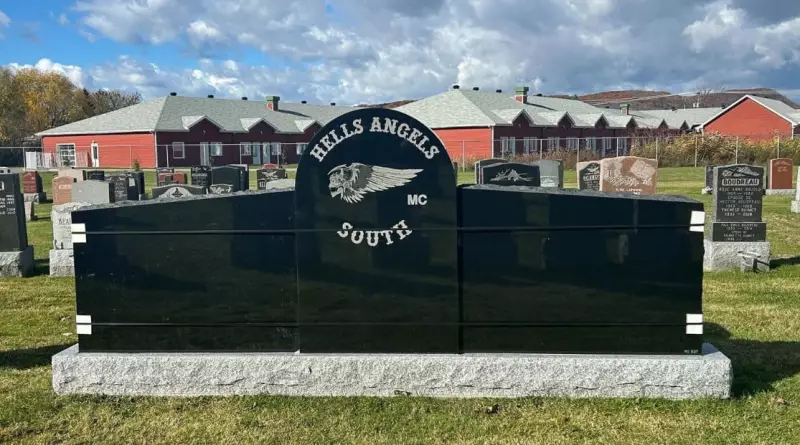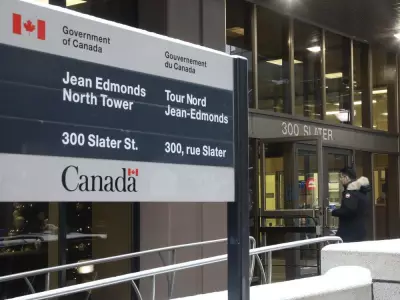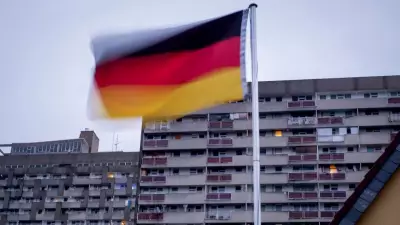
In a groundbreaking decision that pits heritage against public safety concerns, a Montreal-area cemetery has been ordered to remove a prominent tombstone displaying Hells Angels insignia. The controversial monument has stood for years as a tribute to a deceased member of the notorious biker gang, but now faces removal following legal pressure from municipal authorities.
The distinctive black granite headstone, located in a Laval cemetery, features the organization's iconic death head logo and colors that have long symbolized the gang's presence in Quebec. For law enforcement and victims' rights advocates, the marker represented more than just a memorial—it served as a permanent public display of organized crime symbolism.
Legal Battle Comes to Conclusion
The removal order follows extensive legal proceedings initiated by the City of Laval. Municipal officials argued that allowing the gang-affiliated monument to remain in a public cemetery could be perceived as endorsing criminal activity and potentially create security concerns. The case highlights the ongoing tension between individual memorial rights and community standards.
"This isn't about disrespecting the deceased," explained a municipal representative familiar with the case. "It's about ensuring our public spaces don't become billboards for criminal organizations that have caused immense suffering in our communities."
Symbolism and Public Space
The Hells Angels have maintained a significant presence in Quebec for decades, with their symbols carrying considerable weight in the province's collective memory of organized crime violence. The tombstone's prominent display of gang imagery made it a unique case study in how communities handle the legacy of criminal organizations.
Local residents and visitors to the cemetery had expressed mixed reactions to the monument. Some saw it as a simple memorial, while others found the overt gang symbolism disturbing in a place meant for peaceful reflection.
What Happens Next?
Cemetery administrators now face the logistical challenge of removing the substantial granite marker while respecting legal requirements and cemetery protocols. The timeline for removal remains unclear, though authorities expect compliance with the court order in the coming weeks.
This decision sets an important precedent for how municipalities across Canada might handle similar situations involving organized crime symbolism in public spaces. As Quebec continues its long-standing battle against biker gang influence, this tombstone removal represents another step in dismantling the public face of criminal organizations.





